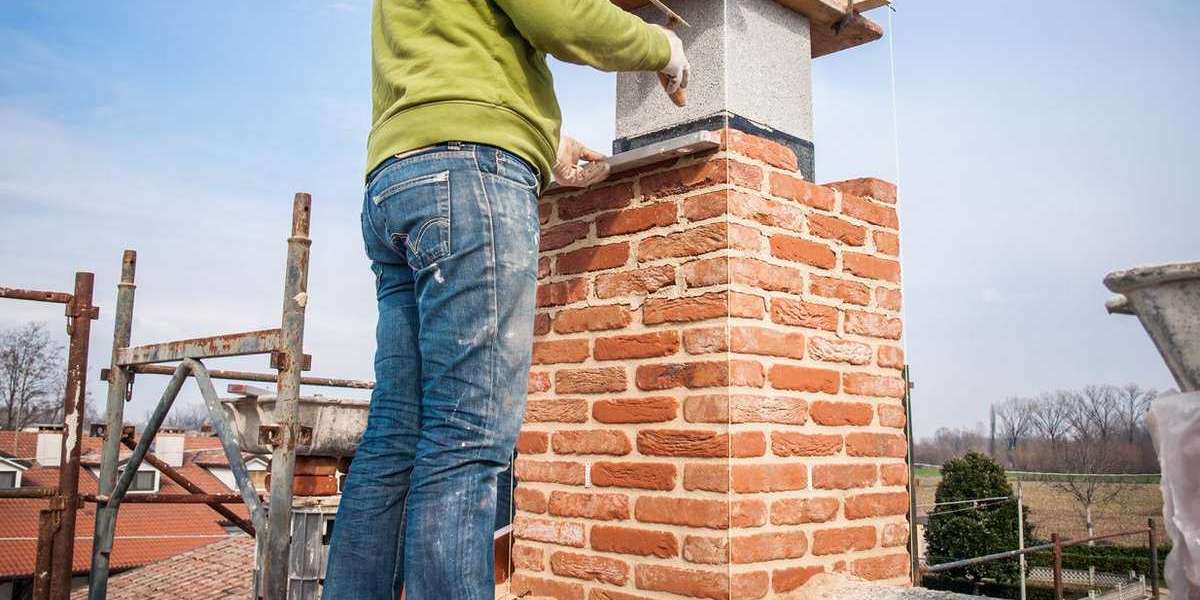A chimney might not be a top priority on your home maintenance list, but it’s essential for keeping your home safe and warm. Neglect can lead to creosote buildup, cracks, and dangerous blockages, but the good news is, most chimney damage is preventable. With a little care and attention, you can avoid costly repairs and keep your family safe all winter long.
Schedule Annual Chimney Inspections
Annual professional inspections are essential for maintaining chimney safety and long-term performance. Over time, soot, debris, and creosote buildup can restrict airflow, increase the risk of chimney fires, and reduce overall efficiency. A certified chimney inspector can detect early signs of damage, leaks, or blockages that might go unnoticed otherwise. By addressing these issues promptly, you can prevent expensive repairs, extend your chimney’s lifespan, and enjoy peace of mind knowing your fireplace is operating safely and efficiently year-round.
Get Timely Repairs Done by Professionals
If an inspection reveals damage, it’s crucial to get it fixed promptly. Waiting too long can allow minor issues like cracked mortar or loose bricks to escalate into full chimney collapses or water damage that spreads to surrounding walls and ceilings.
Homeowners in Washington, for instance, often deal with wetter weather, which can cause faster deterioration of masonry chimneys. In such climates, it's wise to rely on affordable chimney services in Washington that specialize in handling moisture-related chimney issues efficiently. Professional repair technicians use proper materials and tools to fix chimney caps, crowns, liners, and flashing, ensuring that the structure stays secure and weather-resistant.
Keep the Chimney Clean
A dirty chimney can be dangerous, leading to smoke buildup or even carbon monoxide leaks. Regular cleaning removes creosote, debris, and animal nests that block airflow. If you use your fireplace often, consider professional cleanings once or twice a year to ensure safety and efficiency.
Install a Chimney Cap
A chimney cap protects your flue from rain, debris, and animals while preventing downdrafts and stray sparks. Especially in rainy areas, it’s a simple yet effective way to stop water damage, mold, and structural issues before they start.
Waterproof the Chimney Exterior
Because brick and mortar naturally absorb moisture, they can crack, crumble, or erode over time, especially in regions with heavy rainfall or freezing temperatures. Applying a breathable, water-repellent sealant every few years helps protect your chimney from water intrusion while still allowing trapped moisture to escape. This preventive step keeps the masonry strong, prevents staining, and reduces the risk of costly structural repairs down the line. In addition, make sure to check the chimney crown, flashing, and cap regularly, as these components act as the first line of defense against leaks. Taking a little time to waterproof your chimney today can save you from major damage and expenses in the future.
Trim Overhanging Tree Branches
Overhanging tree branches can do more harm than you might think. They can scrape against your chimney, drop leaves and twigs that clog the flue, and trap moisture that accelerates wear and deterioration. Regularly trimming nearby trees not only keeps debris from building up inside the chimney but also reduces the risk of storm damage, falling limbs, or pest infestations like birds and squirrels nesting in the flue. Maintaining a clear area around your chimney ensures better airflow, prevents blockages, and helps your fireplace function safely and efficiently year-round. A little routine tree maintenance goes a long way in preserving your chimney’s structure and performance.
Use Proper Fuel and Burning Techniques
Using the right firewood is key to maintaining chimney safety and efficiency. Always burn seasoned hardwood like oak, maple, or birch that’s been properly dried for at least six months. Avoid using wet or green wood, trash, cardboard, or treated materials, as these can produce excessive smoke, soot, and toxic fumes. Proper burning habits significantly reduce creosote buildup inside the flue, lowering the risk of chimney fires and improving heat output. By choosing clean, dry wood and practicing safe burning routines, you’ll enjoy a warmer, more efficient fireplace and a healthier home environment all winter long
Hire Local Professionals for Regular Cleaning
While some homeowners may be tempted to take a DIY approach to chimney cleaning, hiring local professionals ensures thorough and safe results. In regions with unique weather patterns and building codes, local experts understand the specific care chimneys require. Finding a trusted chimney cleaning service in Washington can make all the difference in staying ahead of seasonal maintenance and ensuring your fireplace system remains safe and efficient year-round.
Why Prevention Matters More Than Repair
Preventing chimney damage protects more than just your wallet; it safeguards your home, your family, and your peace of mind. Regular inspections, timely cleanings, and small preventive repairs play a major role in avoiding chimney fires, smoke damage, and dangerous carbon monoxide leaks. By staying proactive with maintenance, you not only extend the life of your chimney but also ensure your fireplace runs efficiently and safely during every season. A well-cared-for chimney adds comfort, reliability, and value to your home for years to come.
Final Thoughts
For those unsure where to begin or how to handle a suspected issue, consulting a reputable local provider is a smart move. Companies like Johnson Chimney Service offer the expertise and tools to address a range of chimney concerns, from inspections to complete repairs. Trusting trained professionals ensures long-term safety and can prevent small issues from spiraling into significant damage. Homeowners who treat chimney care as a regular part of home maintenance not only protect their investment but also create a safer and cozier environment for their families.








